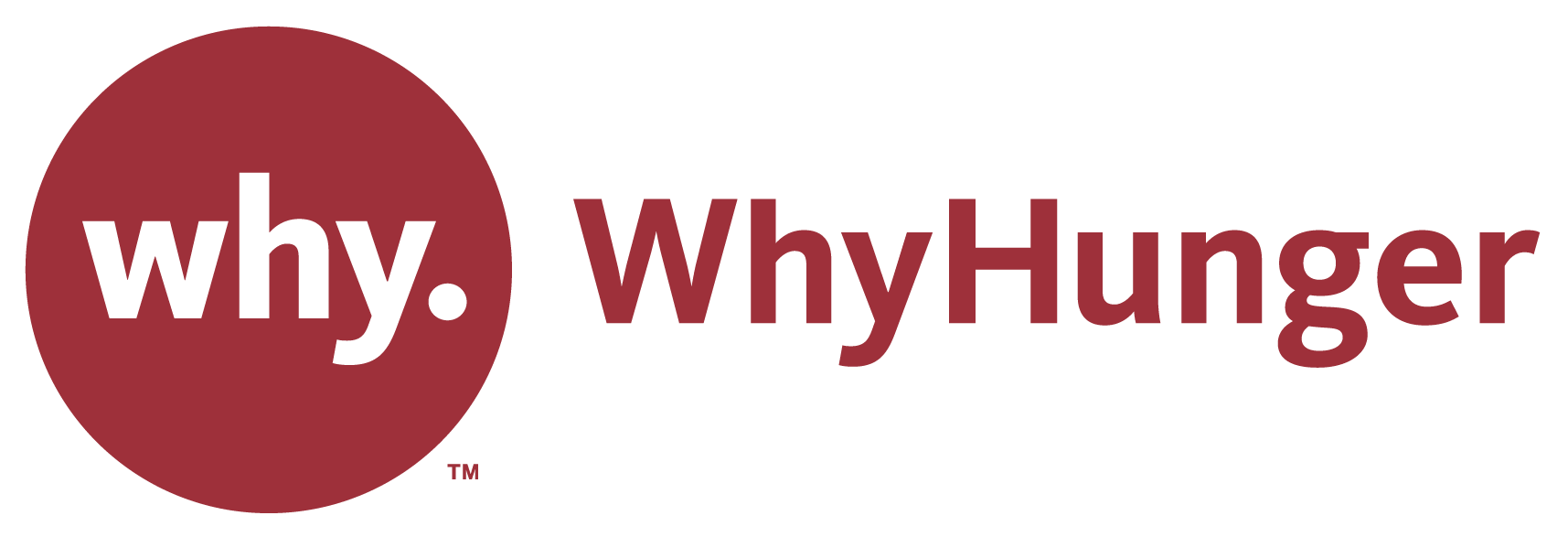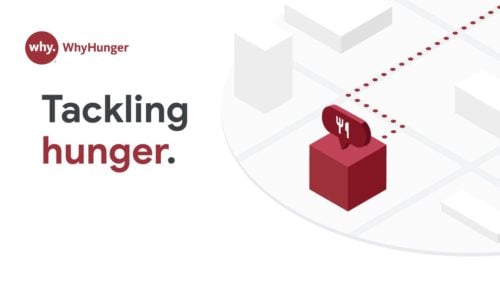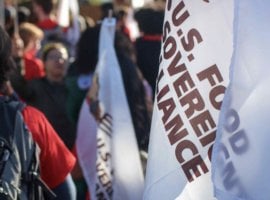This was originally published on Google Maps.
When people are hungry, they may not know where to turn for food – and they may be hesitant to ask for help. At WhyHunger, we want to remove the barriers that keep people from getting the help they need to stay healthy and thrive. We support grassroots groups that are tackling hunger in their communities, such as food banks and meal programs. Google Maps brings our database of 23,000 emergency food providers to our website, so no one has to go hungry.
Many resources for food justice operate at the local level. We work to knit together organizations around the country that have the common goal of alleviating hunger and poverty – for example, sharing ideas for successful programs, and advocating for food as a basic human right. Our database is one way for us to look at food programs at a national level, and break down information so people can discover what’s available in the areas where they live. The WhyHunger Find Food tool uses Google Maps Platform to display food resources based on a zip code. The search results include phone numbers, addresses, and the type of programs available.

We applied to Google for Nonprofits to get access to the Google Maps Platform products that help us create and expand the Find Food map. We used the APIs to integrate data sources with the map, such as the U.S. Department of Agriculture’s summer meals database. The Geocoding API converts addresses for food sources into points on the Find Food map. Because the addresses for the U.S.D.A. meals programs change frequently, the API does the heavy lifting when it comes to converting address data. Then, we use the Maps JavaScript API to display the maps once people enter their zip codes.
Accessing Google Maps through Google for Nonprofits also helps us cover the costs, as more people use the maps to search for food. If we didn’t have access to these programs, it would have taken us much longer to create the map, and we would not be able to quickly connect users to essential resources.







